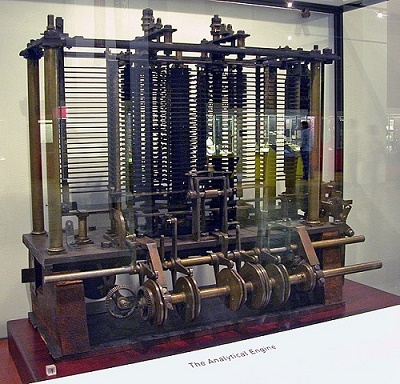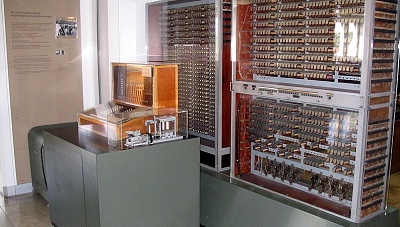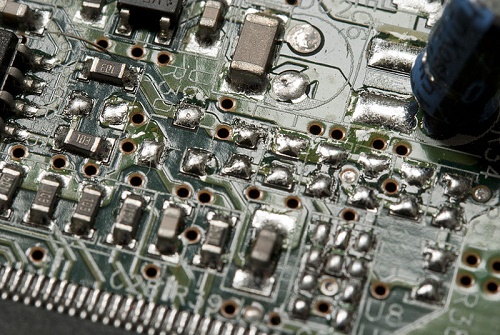The History of Computing
- Abacus
- Analog Computers
- Digital Computers
- Electronic Computers
- Computer Speed
The First Abacus
The Babylonian Abacus was developed to Reduce the Time to perform calculations.
As stated in the previous chapter, we believe that the Babylonians invented complex counting.
The period 2700–2300 BC probably saw the first appearance of an abacus, a table of successive columns which defined the orders of a 60 digits number system.
Abacus 2.0
The Roman Abacus used 10 digits Roman numbers to Reduce the Time to perform calculations:
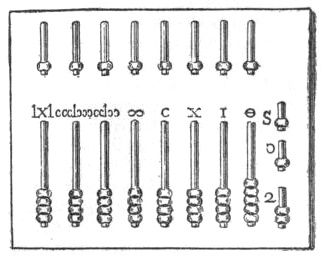
Image: 1911 Encyclopedia Britannica (public domain).
The Romans developed the Roman Abacus, a portable, base-10 version of earlier abacuses used by the Babylonians.
This was the worlds first handheld computer. Used by Roman engineers, merchants and tax collectors.
Analog Computers
The Difference Engine (Charles Babbage 1822) was a mechanical machine designed to Reduce the Time to calculate complex mathematical functions.
The Analytical Engine (Charles Babbage 1833) was a mechanical machine designed with modern computer elements like arithmetic, logic, and memory.
Both these "computers" used 10 digit (decimal) mechanical cogwheels to perform mathematical calculations:
(Charles Babbage's Analytical Engine. Science Museum. London)
Digital Computers
Digital Computers use 0/1 switches to perform calculations. They operate on binary values like 11100110 in contrast to analog values like 230.
Try It Yourself:
The first Electric Digital Computer was designed and built by Konrad Zuse in Germany (1941).
It used 2600 electrical relays as 0/1 switches. The clock speed was about 5 Hz.
Replica of the Zuse Z3. Deutsches Museum. Munich.
Electronic Computers
First generation Computers (1945-1950) used vacuum tubes as binary switches.
Vacuum tubes are much faster than electrical relays.
The clock speed of these computers was between 500 KHz and 1 Mhz.

Second Generation Computers
Second generation Computers (1950-1960) used transistors as binary 0/1 switches.
Transistors are much faster than vacuum tubes.

Third Generation Computers
Third generation Computers (1960) used integrated circuits as binary switches.
Integrated circuits are much faster than transistors.
Computer Speed
The first electrical computer could do 5 instructions per second.
The first electronic computer did 5000 instructions per second.
The first PC did 5 million instructions per second.
AMD was the first PC to reach 1 billion instructions per second.
Today, IPhone 12 can do 11 billion instructions per second.
| Year | Computer | Instructions per Second | Bits per Instruction |
|---|---|---|---|
| 1941 | Z3 | 5 | 4 |
| 1945 | ENIAC | 5.000 | 8 |
| 1981 | IBM PC | 5.000.000 | 16 |
| 1995 | Intel Pentium PC | 100.000.000 | 32 |
| 2000 | AMD PC | 1.000.000.000 | 64 |
| 2020 | 10.000.000.000 | 128 |
When Did it Start? Where Will it End?
From the history above you can extract:
- Computers were designed to do calculations
- Charles Babbage created the first mechanical computer
- The first digital computers used electromechanical switches
- Vacuum tubes are much faster than electromechanical switches
- Transistors are much faster than vacuum tubes
- Integrated circuits are much faster than transistors
- Tomorrow's computes will be faster than the human brain?
Smarter Than Humans?
If we believe in Moores Law:
In 2020, computers have the capacity of a mouse brain.
In 2030, computers might have the capacity of a human brain:
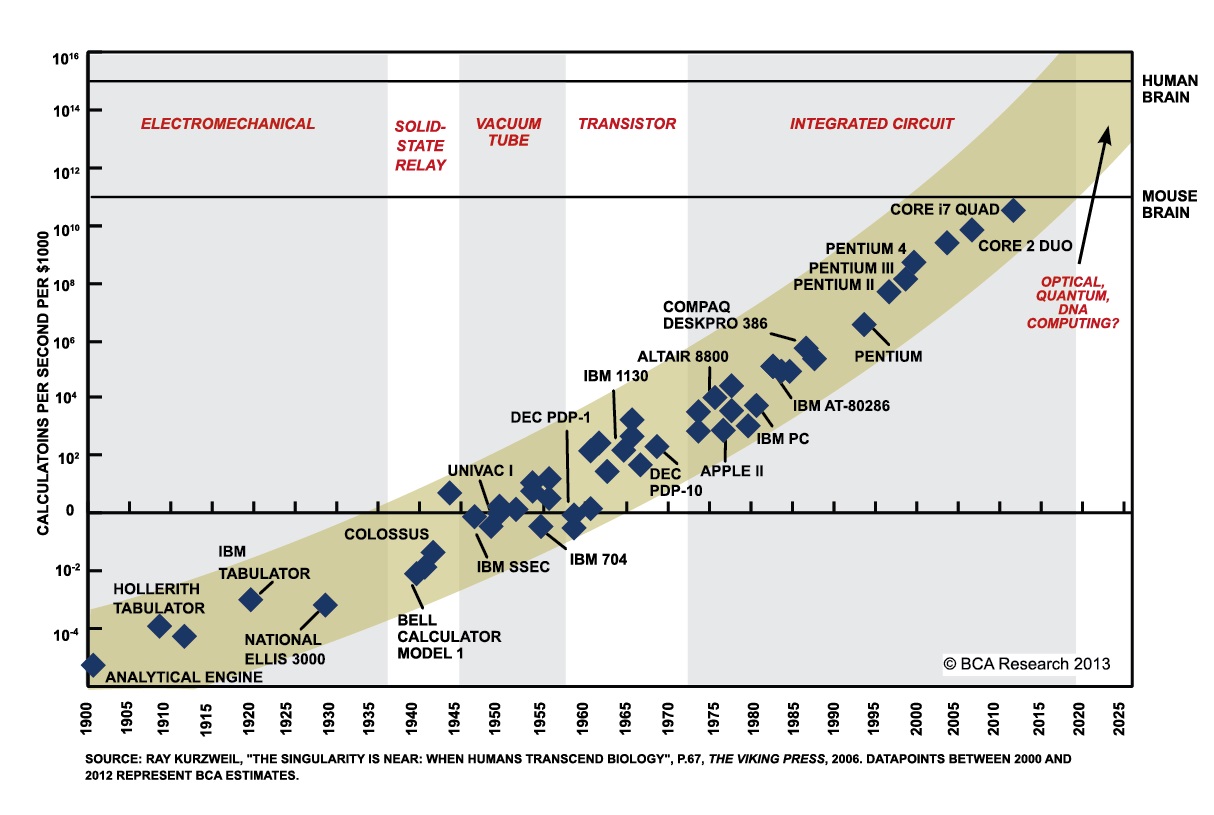
Source: Ray Kurzweil
